Buscador
- Home
- What to visit?
- Piantón
Piantón
- Vegadeo
- Heritage
Two kilometers from the town of Vegadeo is the village of Piantón, which can be reached on foot as the entire route has a sidewalk. It is a beautiful walk along the Suarón River.
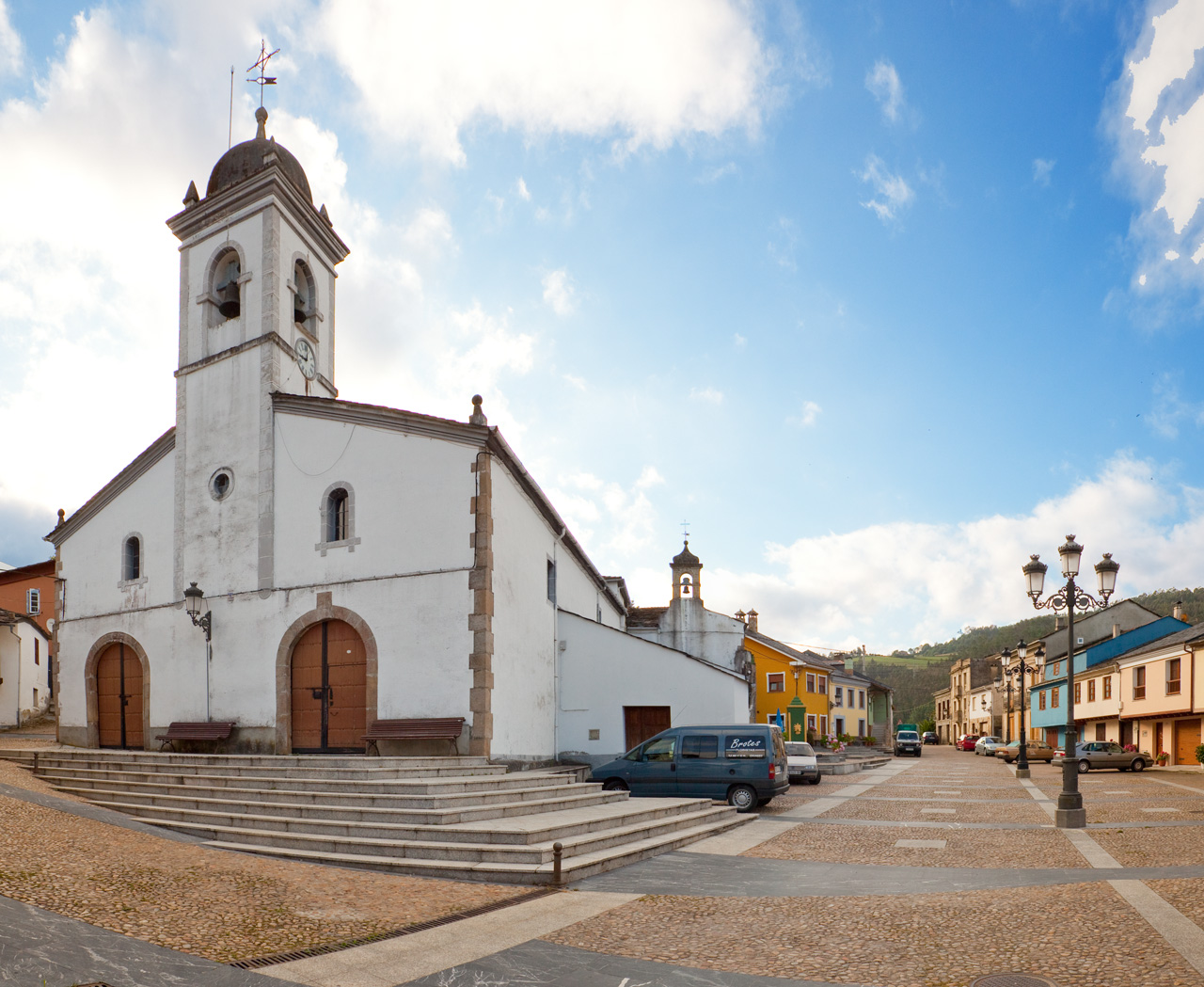
This village offers an excellent sample of religious heritage. The church, located in the town square, was built between the sixteenth and eighteenth centuries and the oldest seems to be the sacristy (1604). It is worth mentioning the varied set of baroque altarpieces that it treasures. This church is linked to the Order of Malta.
In this square also stand out the balconied houses of traditional structure and the Casa del Rego (XVIII century).
One of the emblems of Piantón is its bridge, built in 1844 in place of another, apparently medieval, that was swept away by a flood of the Suarón River. This public work has three brick arches and low parapets.
It is also worth visiting the “Puente de Bartolo” recreational area , which has a bathing area.
In the parish of Piantón, specifically in the village of “A Corredoira”, the pre-Roman stele of Nícer (Prince of the Albions) was found, of which we can see a replica in the Municipal Library of Vegadeo, since the original is permanently exhibited in the Archaeological Museum of Asturias.
Celebrations
Piantón is also known for its celebrations, among others:
Easter
The images were made by artisans of the parish, most of them articulated.
The party in “Honor of Suaron”.
It revives the medieval past through a traditional market with craft stalls, food, workshops and crafts, falconry, equestrian meeting and horse tournament, medieval dinner, medieval characterization contest, magical night with torches and the investiture of the knight “Honor del Suarón”.
The International Music Festival
Several classical music concerts take place over the course of a week or so.
What to see?
-
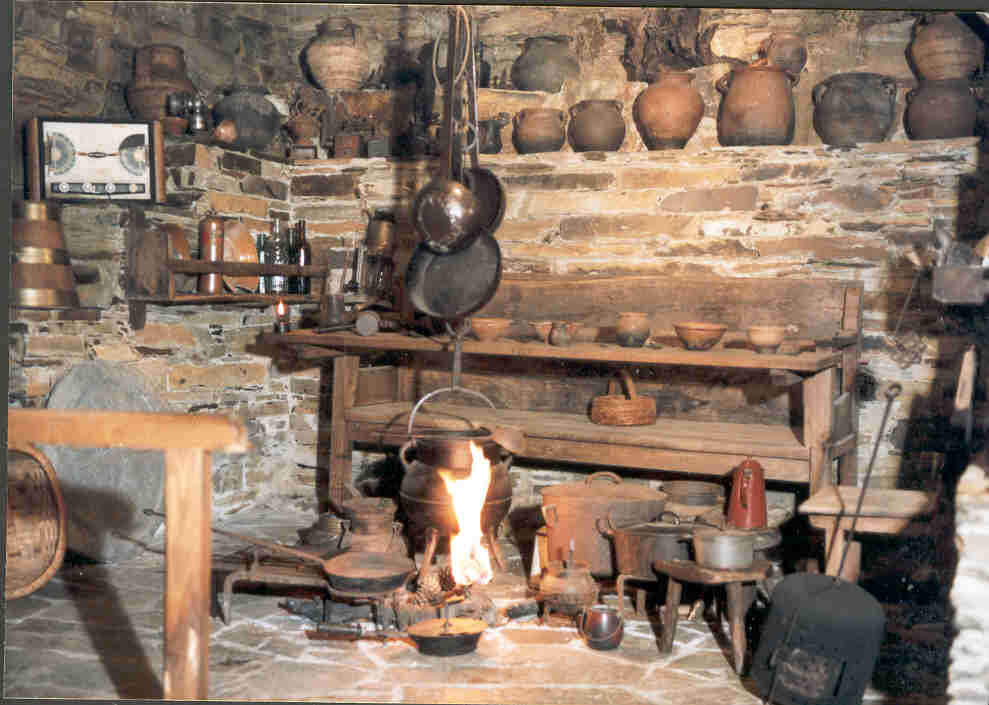
Ethnographic Museum of Esquíos
- Taramundi
- Museum
Esquíos is a village in the council of Taramundi inhabited for centuries by families of ferreiros, the Lombardía family, who emigrated from Italy to the Basque Country and later to Asturias.
-
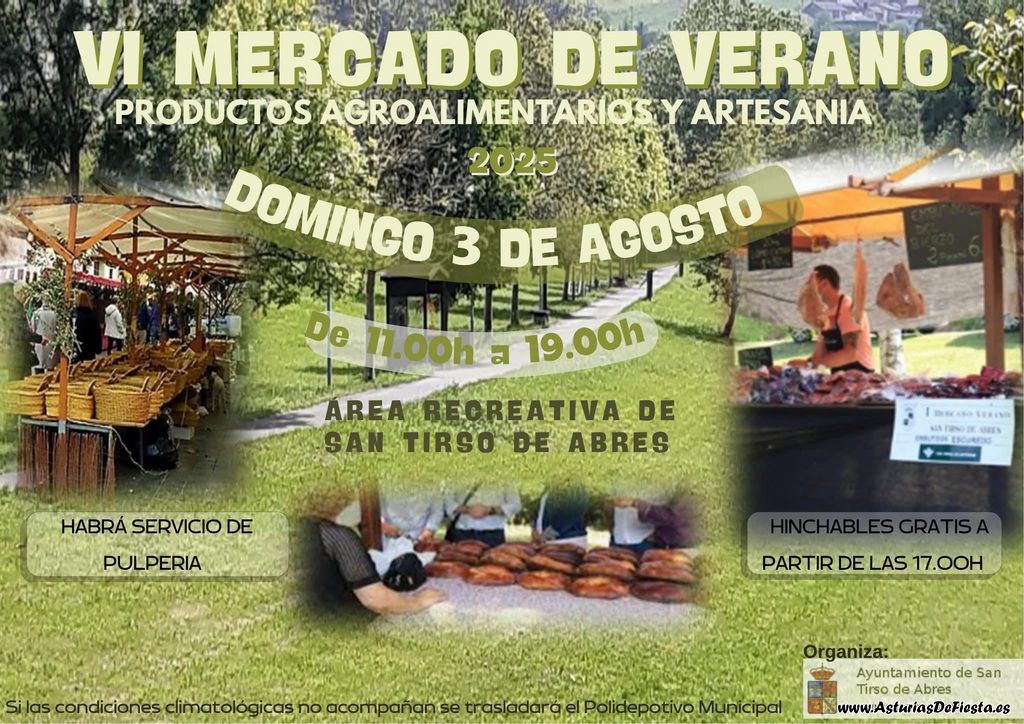
Mercado de Verano
- San Tirso de Abres
- Fiestas y Eventos
-
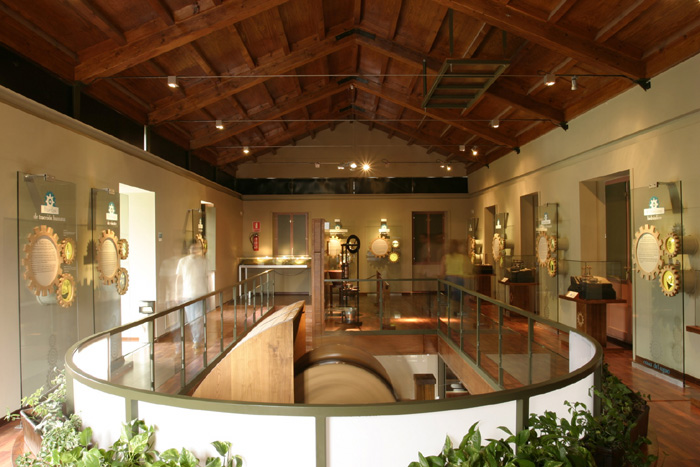
Bres Water House
- Taramundi
- Museum
The Casa del Agua de Bres, Taramundi, was created with the aim of making known the relationship between cultures and the dynamics of water throughout history. In this installation water is conceived, on the one hand, as a living substance capable of developing a force that men have been using throughout history to perform tasks that require power and routine work.
-
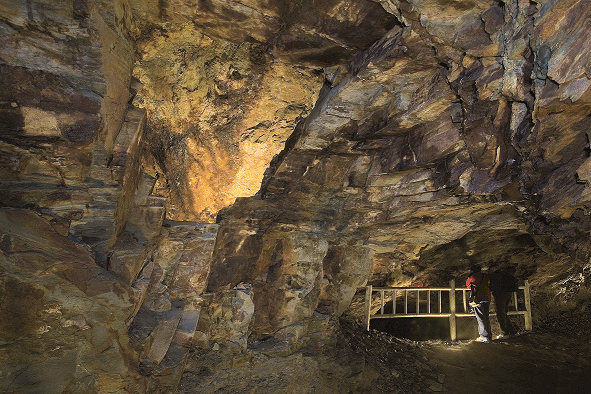
Las Minas
- San Martín de Oscos
- Mines
There are remains in the Oscos region that tell us that mining was an activity that was developed in the area since prehistoric times. Before the conquest of the Romans, the inhabitants of this region were already looking for gold nuggets in the river placers. But it was after the arrival of the Romans that this industry was boosted. In the Flavian period, at the beginning of the first century A.D., a first golden age was experienced. The castros (fortified settlements) resurged as a result of the exploitations and the landscape was dotted with small industries of which there are still remains such as: forges, function furnaces and samples of the technology that was used for the exploitation of the deposit.
-
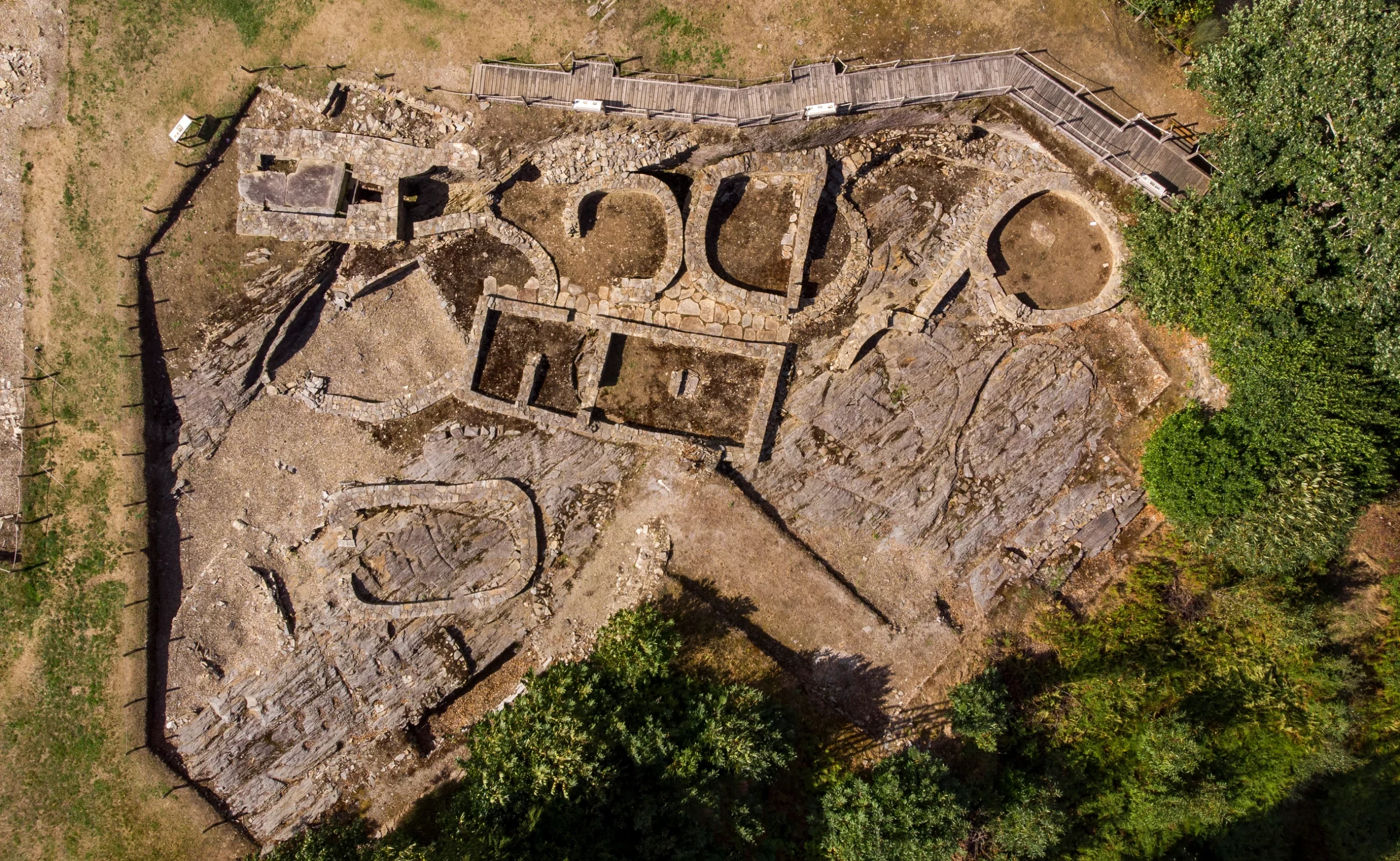
Yacimientos Arqueológicos “Os Castros”
- Taramundi
- Heritage
El yacimiento, conocido como Os Castros se localiza en la capital del concejo. Buena parte de su superficie se ha mantenido ajena al desarrollo urbano del municipio si bien la carretera que desciende hacia Mazonovo significó la destrucción algunas cabañas y parte de la muralla. En el año 2000 se iniciaron las excavaciones arqueológicas bajo patrocinio del Ayuntamiento de Taramundi, la Consejería de Cultura del Principado de Asturias y la meritoria colaboración de la asociación de hosteleros locales ANTURTA.
-
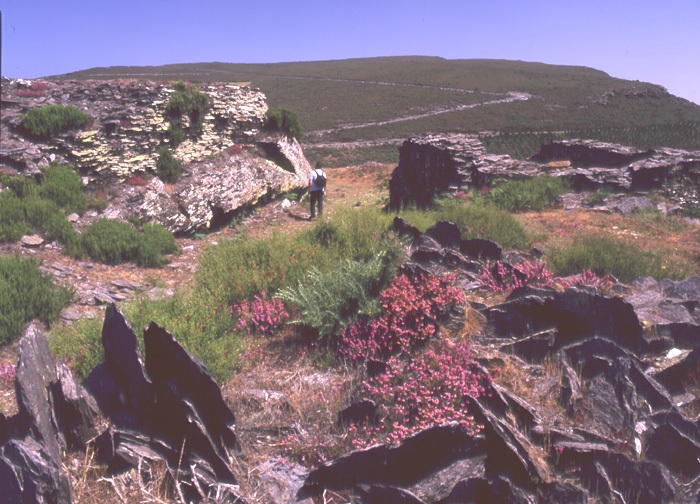
Los Castros
- San Martín de Oscos
- Heritage
The castros are population centers of an eminently strategic and defensive nature. They are found throughout the northwest of the peninsula (castreña culture). These settlements arise in the transition from the Bronze Age to the Iron Age, reaching its peak during the Second Iron Age.


